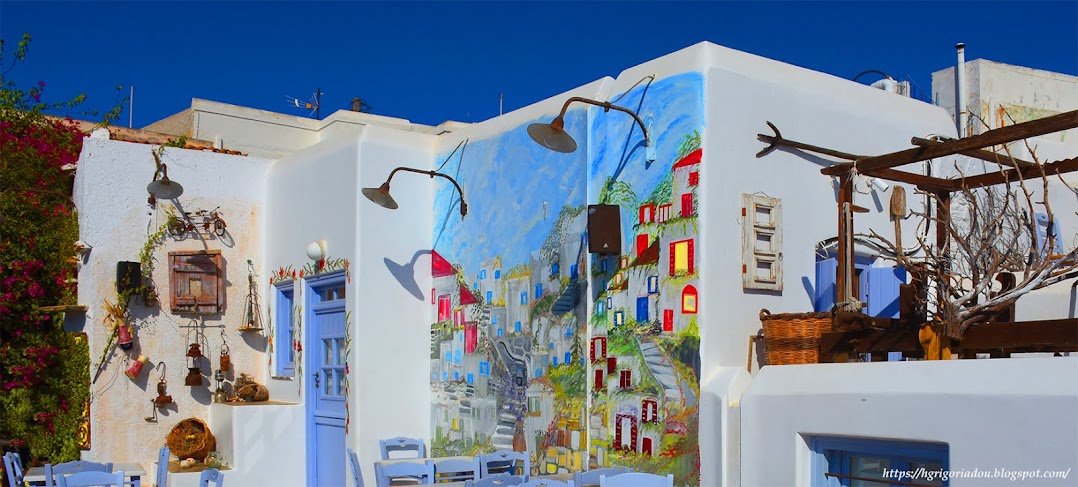The imposing fort perches atop a 125m. high hill, above the city and overlooks the rugged and rocky terrain. It is a standing sentinel to the grandeur of the past, invincible and dauntless in its league with time.
The impregnable fort is reached after a steep climb through seven imposing gates (the fourth is missing now, destroyed). The sturby walls are 6 to 36 metres high and 3 to 21 metres wide.
The entrance from Loa Pol is marked with sati handprints. Jodhpur’s chequered history provided its queens with several occasions to prove their fidelity.
Marks of cannon balls fired by the invaders can still be seen on the fort walls. There are several cenotaphs commemorating the sacrifices of the brave Rajputs, who laid their lives while quarding the fort.
The palace within is adorned with long intricately carved panels and latticed windows exquisitely wrought from red sandstone.
There are also various residences and public offices.The 16th century Moti Mahal (Pearl Palace) was built by Sur Singh. Sringar Chowki, the marble coronation seat is immediately visible here in a courtyard on the right hand side, before the main palaces. Every ruler since Rao Jodha has been coroneted here.
Other important
apartments within are –Phool Mahal (Flower Palace) or Darbar-e-Khaw (Hall of
prevate audience), Sheesh Mahal (Mirror Palace), Sieh Khana and Daulat Khana
with a rich varied collection of palanquins, folk music instruments, costumes,
furniture and an impressive armory.
Chandan Mahal has some superb murals and
Rang Mahal was one of the pleasure palaces in the zenana. The spectacular display of ancient cannons on the ramparts near Chamunda
Devi temple is among the rarest in India.













